
An Giang has Kinh, Hoa, Khmer, Cham ethnic groups living together, creating a colorful cultural picture. Photo: PHUONG LAN
An Giang, located at the source of the Hau River, is not only famous for its beautiful landscape but also for its sea, islands, cultural, ethnic and religious diversity cultivated over many centuries, creating a tradition of solidarity and harmony typical of the Mekong Delta.
Blend
After the merger, An Giang province has an area of over 9,888km2, with a land border adjacent to the provinces of Kandal, Takeo, Kampot (Kingdom of Cambodia) of nearly 148km long through 14 communes and wards. The total population of the province is nearly 5 million people, of which ethnic minorities are about 472,132 people, accounting for over 11%. Khmer people have 399,002 people, accounting for 8%; Chinese people have 46,515 people, accounting for 0.93%; Cham people have 21,594 people, accounting for 0.43% and other ethnic minorities have about 5,021 people, accounting for 1.75%.
Mr. Chau Xiem, resident of An Cu commune - a prestigious person among the Khmer people, expressed: "I am always aware of my responsibility in ensuring security and order in the locality. We live in a border area, so propaganda and mobilization work must be carried out regularly and seriously."
Mr. Chau Xiem actively disseminates legal regulations related to the border, mobilizing people not to participate in or assist in smuggling, illegal border crossings or activities that disrupt security and order. He often uses Khmer to explain in detail the rights and obligations of people living in border areas.
An Giang is also a locality with a rich religious life, the birthplace of many indigenous religions such as Hoa Hao Buddhism, Buu Son Ky Huong, Tu An Hieu Nghia, Ta Lon Hieu Nghia Buddhism, Cao Dai Bach Y. The whole province has 14 recognized religions with more than 2.1 million followers, accounting for about 46.6% of the population, 5 religious organizations, 463 affiliated religious organizations with more than 1,600 dignitaries, more than 4,200 officials, about 3,000 monks, 77 concentrated religious activities, 4 religious training facilities. Religious organizations and religious people actively participate in social work, charity, building a new cultural life, contributing to maintaining political security and strengthening the great national unity bloc.
A typical example is the Hoa Hao Buddhist Sangha Executive Committee of Vinh Trach Commune, which not only effectively maintains the charity canteen social security model but also actively coordinates with Vinh Trach Commune Police to deploy the model "Hoa Hao Buddhist followers of Vinh Trach Commune say no to social evils". Head of the Hoa Hao Buddhist Sangha Executive Committee of Vinh Thach Commune, Vo Van Tuan, said: "Through specific and practical actions, followers pledge not to let their children and family members violate the law and social evils, such as: Gambling, cockfighting, football betting, superstition...".
The role of the authoritative person
In recent times, the Provincial People's Committee has focused on directing and strengthening propaganda, building, replicating, praising and honoring advanced models, especially among ethnic minorities and religious followers. Every year, the Department of Ethnic Minorities and Religions issues a plan to launch a thematic emulation campaign on "Promoting the role of prestigious people among ethnic minorities". With this model, prestigious people in the province increasingly promote their role, actively contributing to propaganda and mobilizing ethnic minorities to comply with the Party's guidelines, policies and laws of the State, participate in socio -economic development and maintain security and order in the locality.
Prestigious people among the province's ethnic minorities are quietly contributing, becoming a solid bridge between the government and the people. A typical example is Mr. Chau Hean, 65 years old, residing in Tri Ton commune. With his prestige, he actively mobilizes people to contribute to building and repairing rural roads and bridges. In particular, he works to propagate and mobilize children in the hamlet to strictly comply with the Party's policies and the State's laws.
Sharing the same sentiment, Mr. Chau Van Ny, 52 years old, residing in Tri Ton commune, has been a prestigious person for more than 10 years. He has always actively participated with the local government in mobilizing Khmer people to live and work according to the Constitution and the law. In particular, Mr. Ny focuses on education and economic development to improve the quality of life.
Understanding the difficulties that Khmer people face in life, monks actively mobilize philanthropists and social organizations to join hands to help the community. For example, at Kal Po Pruk Pagoda, on the occasion of the traditional Chol Chnam Thmay or Lunar New Year, monks always give 200-300 meaningful gifts to people, each gift worth 300,000 VND. At Van Rau Pagoda, An Cu Commune, monk Chang Ratana combines this work with propaganda and advocacy of the Party's guidelines and policies, the State's policies and laws so that people always live "a good life, a good religion" during the main festivals of the Khmer people such as: Chol Chnam Thmay, Sene Dolta, Ok Om Bok and Kathina.
This exchange and solidarity is the "key" for An Giang to continue to develop sustainably.
(To be continued)
PHUONG LAN-
Source: https://baoangiang.com.vn/suc-song-tu-khoi-dai-doan-ket-dan-toc-ton-giao-bai-1-vung-dat-giao-thoa-cac-dan-toc-a464598.html


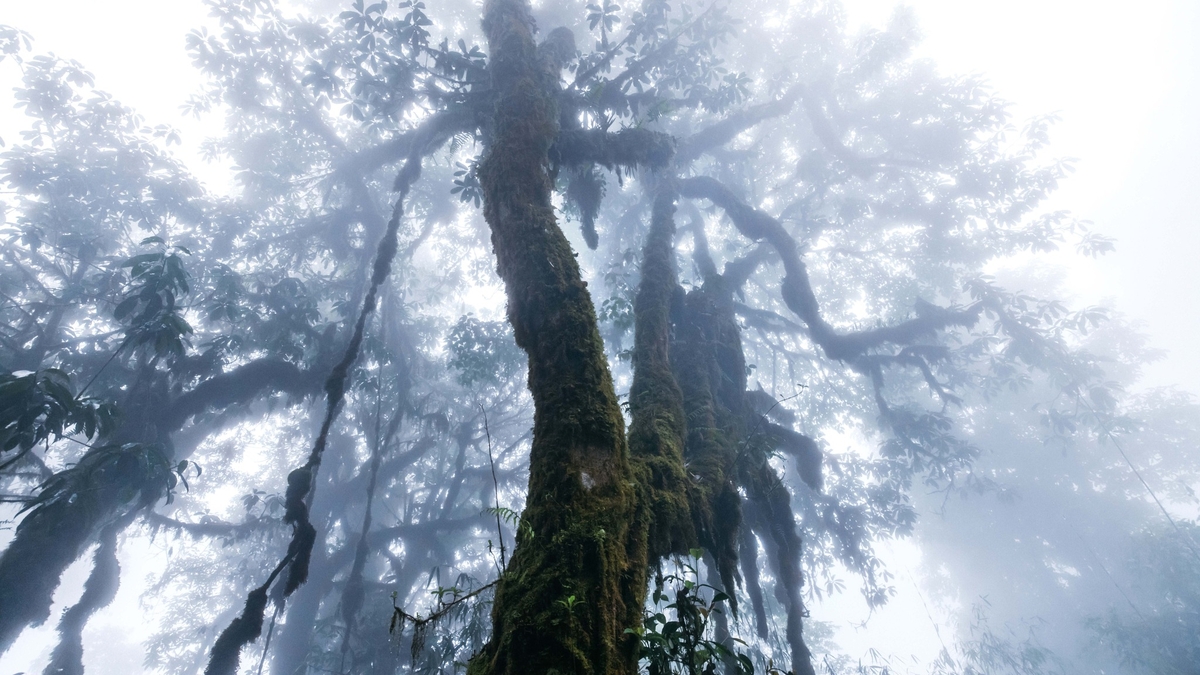
![[Photo] National Assembly Chairman Tran Thanh Man holds talks with Hungarian National Assembly Chairman Kover Laszlo](https://vphoto.vietnam.vn/thumb/1200x675/vietnam/resource/IMAGE/2025/10/20/1760952711347_ndo_br_bnd-1603-jpg.webp)
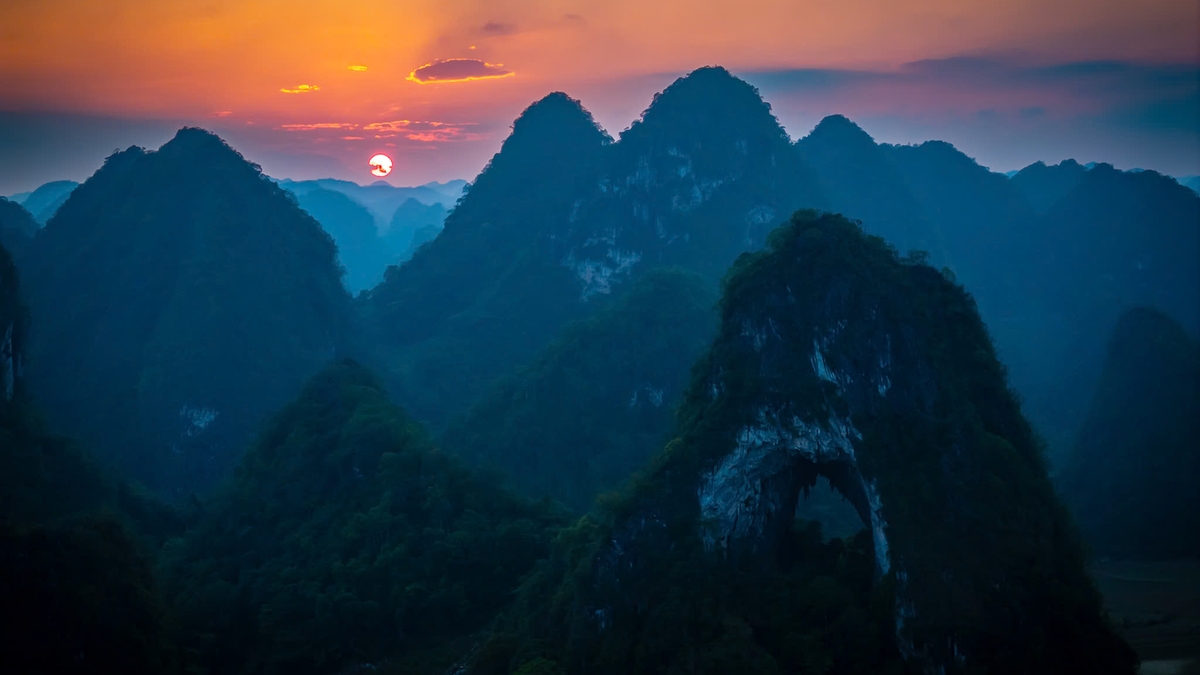
![[Photo] Prime Minister Pham Minh Chinh received Mr. Yamamoto Ichita, Governor of Gunma Province (Japan)](https://vphoto.vietnam.vn/thumb/1200x675/vietnam/resource/IMAGE/2025/10/21/1761032833411_dsc-8867-jpg.webp)
![[Photo] Prime Minister Pham Minh Chinh meets with Speaker of the Hungarian National Assembly Kover Laszlo](https://vphoto.vietnam.vn/thumb/1200x675/vietnam/resource/IMAGE/2025/10/20/1760970413415_dsc-8111-jpg.webp)
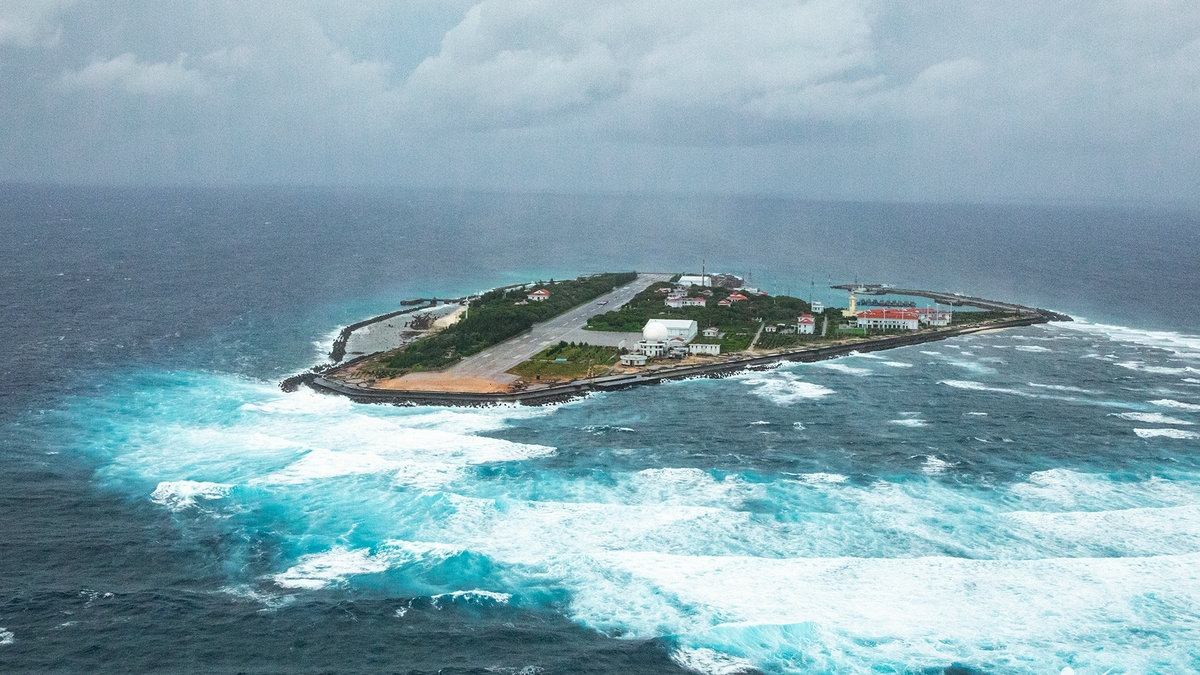
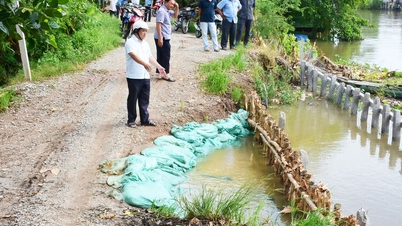
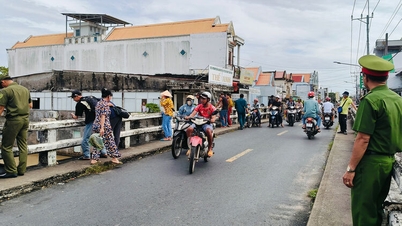
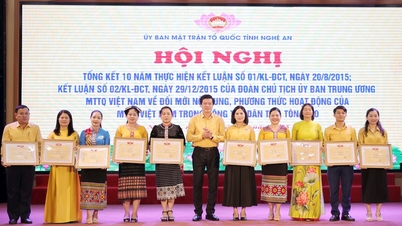

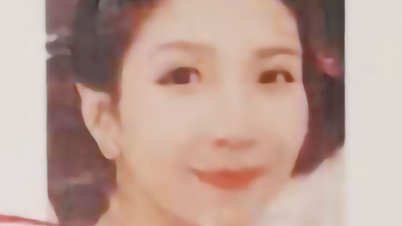
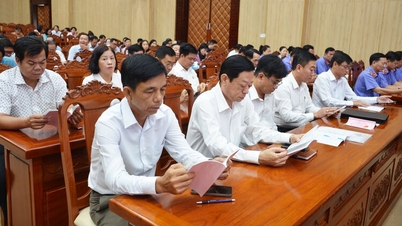
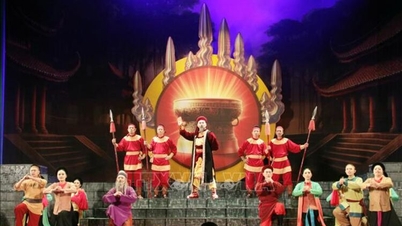
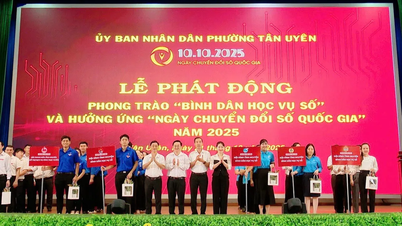

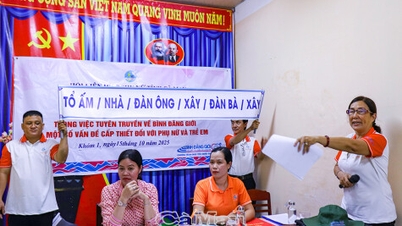

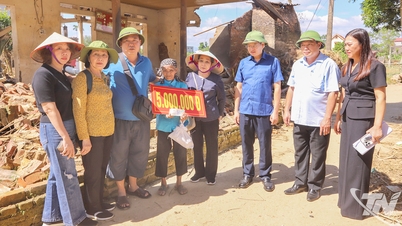

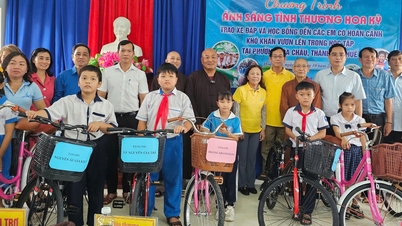

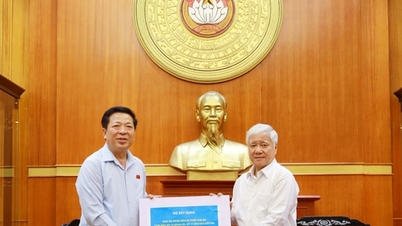

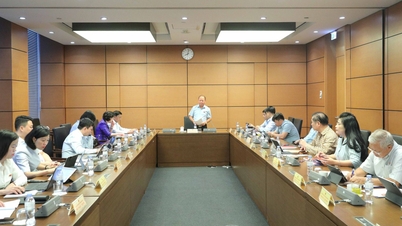





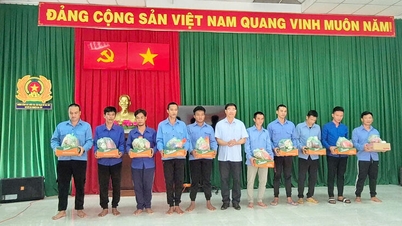
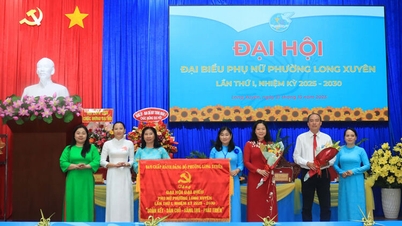
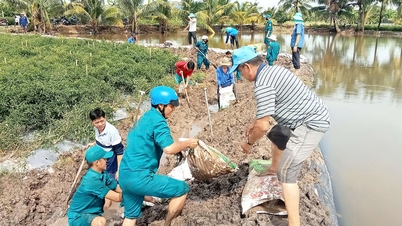
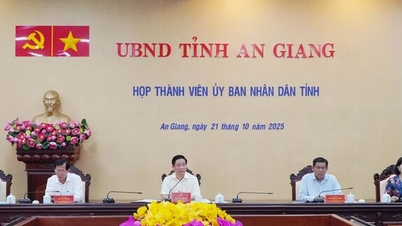

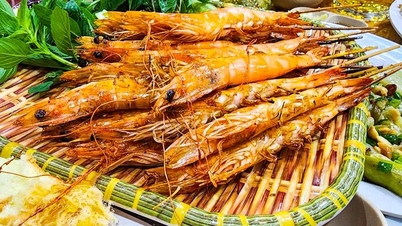
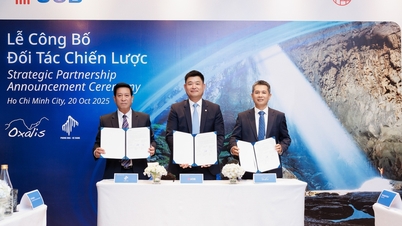



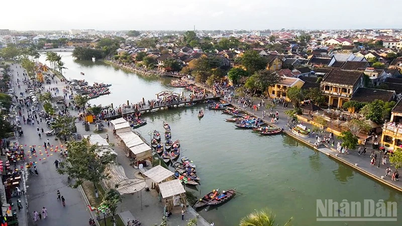



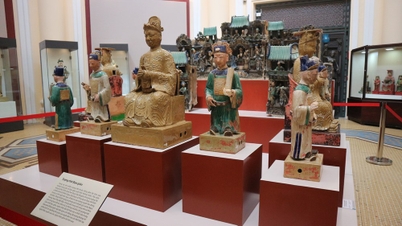
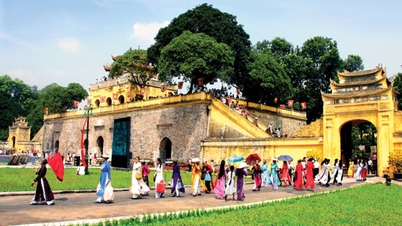
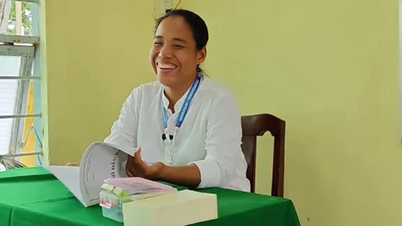
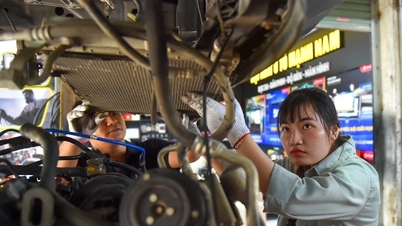

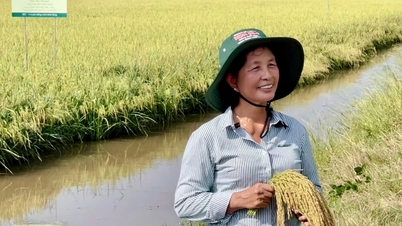

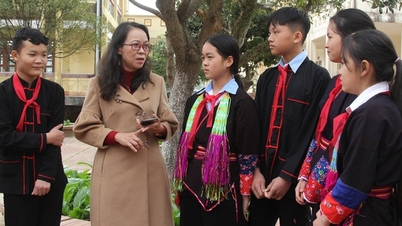

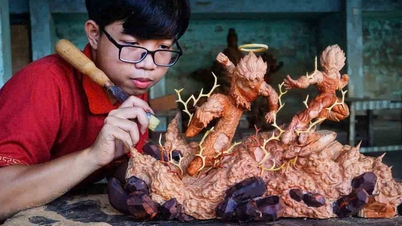
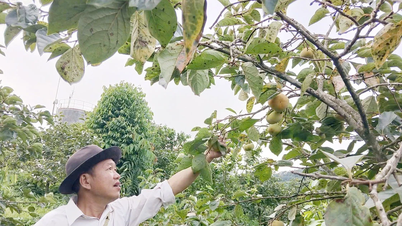


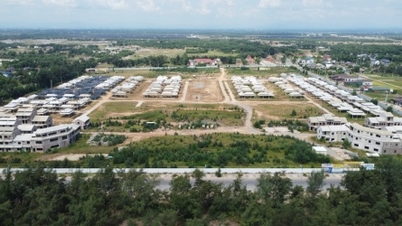

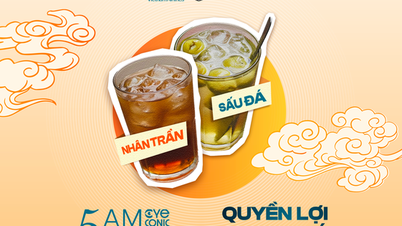

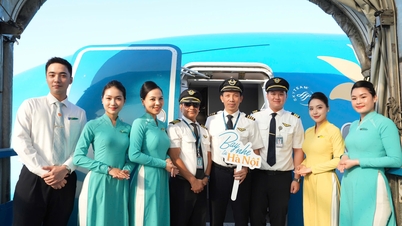
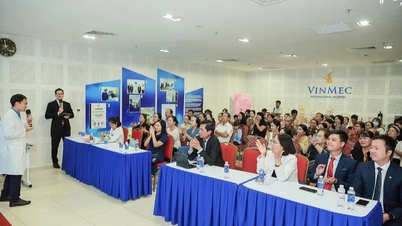

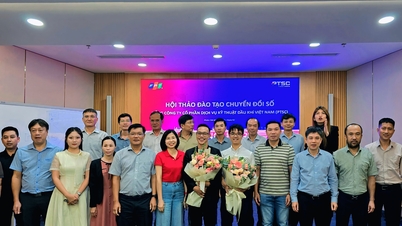






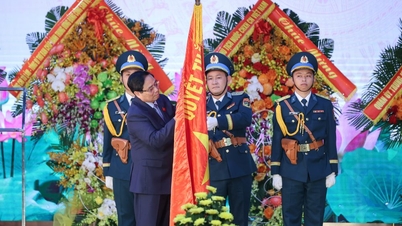

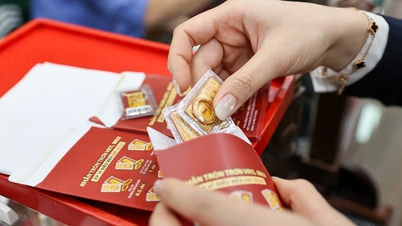





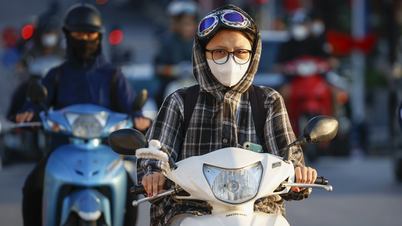


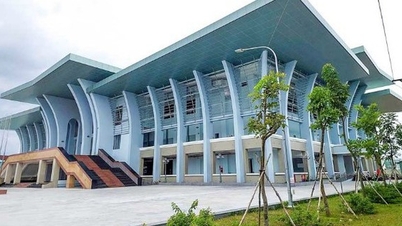
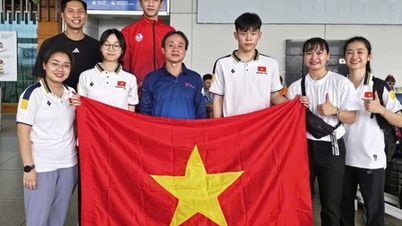
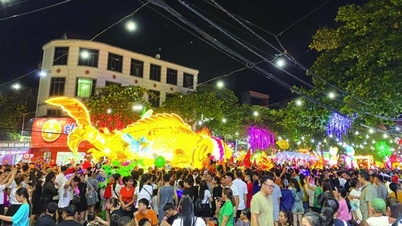
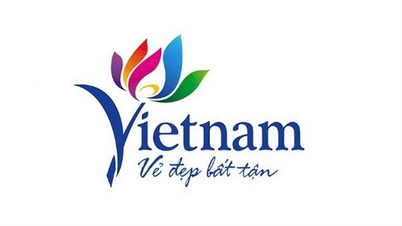
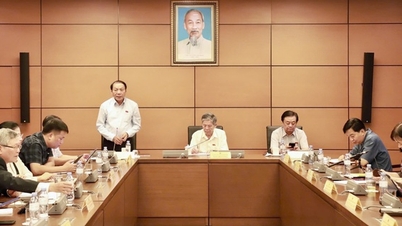

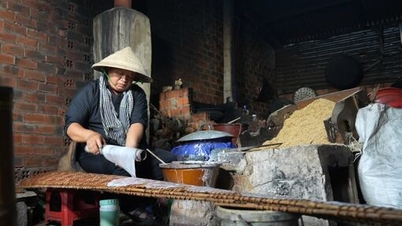



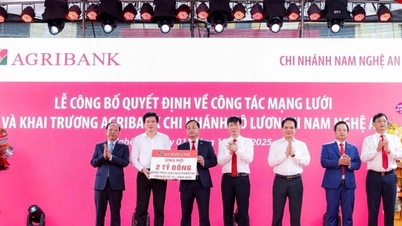









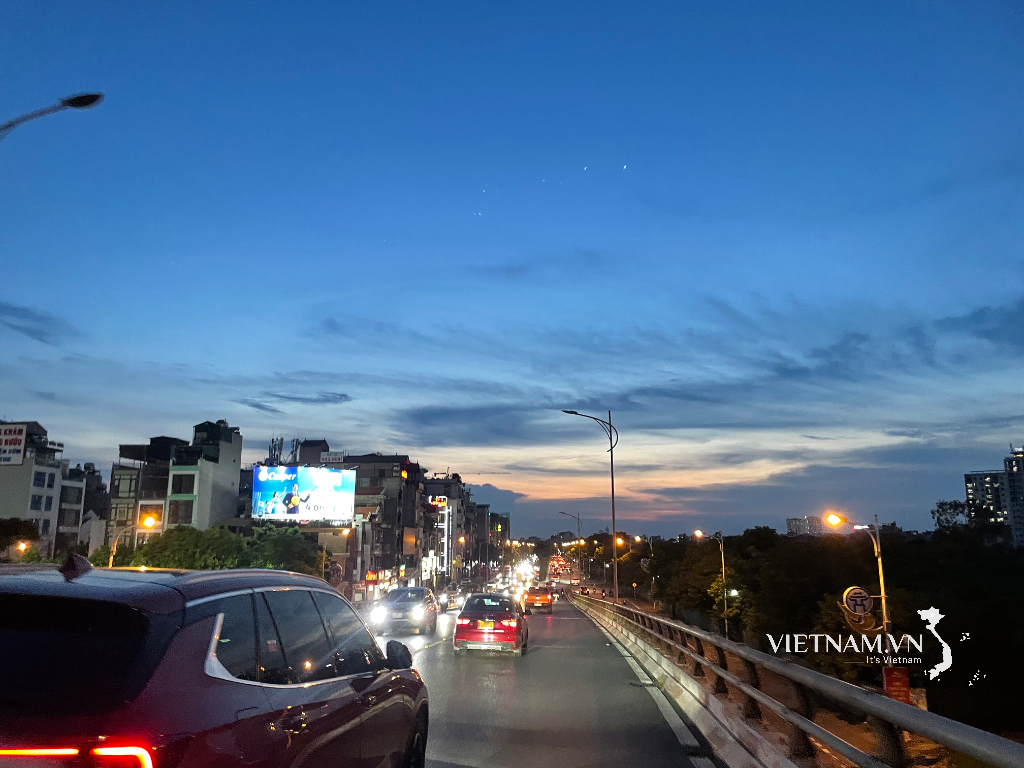


Comment (0)